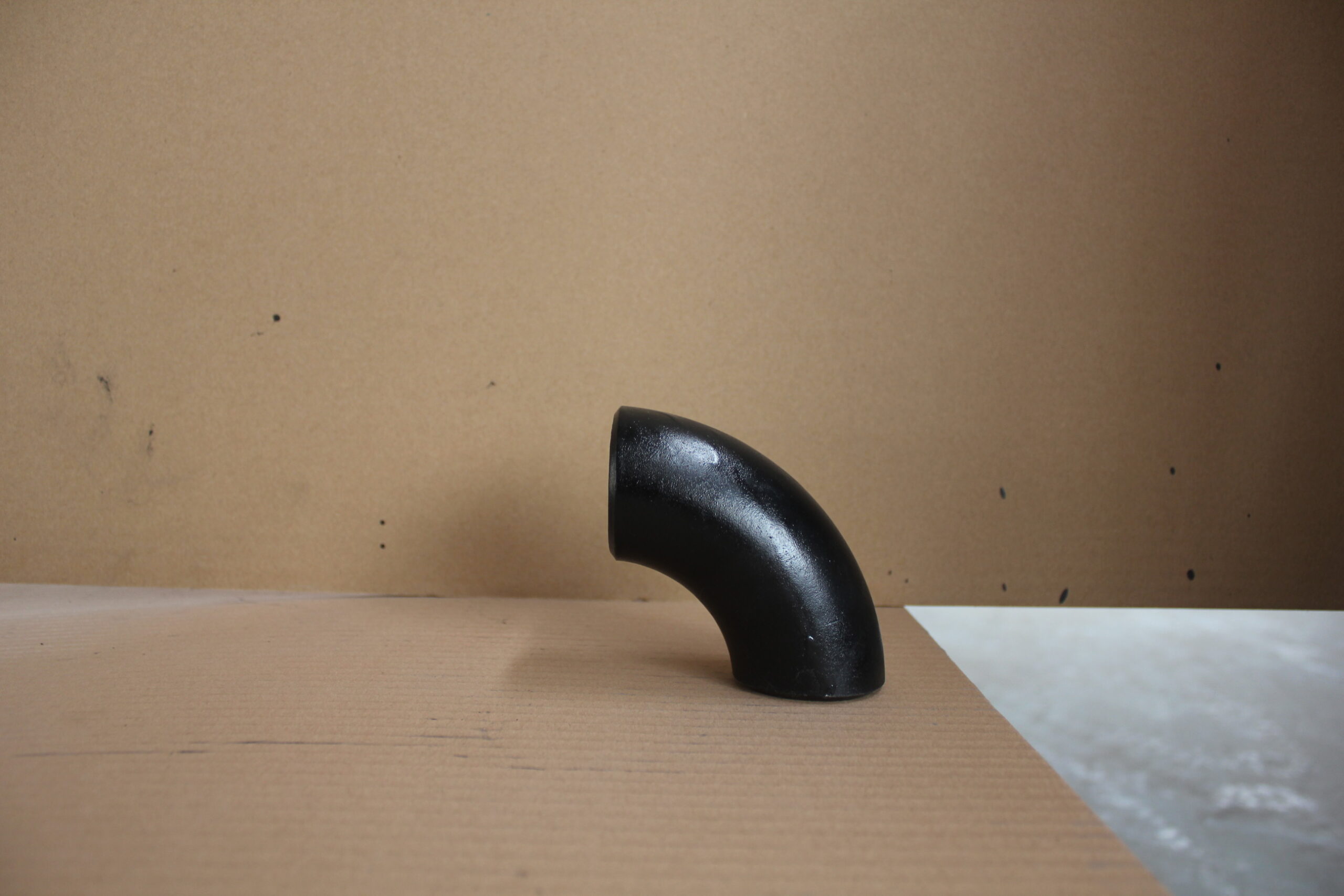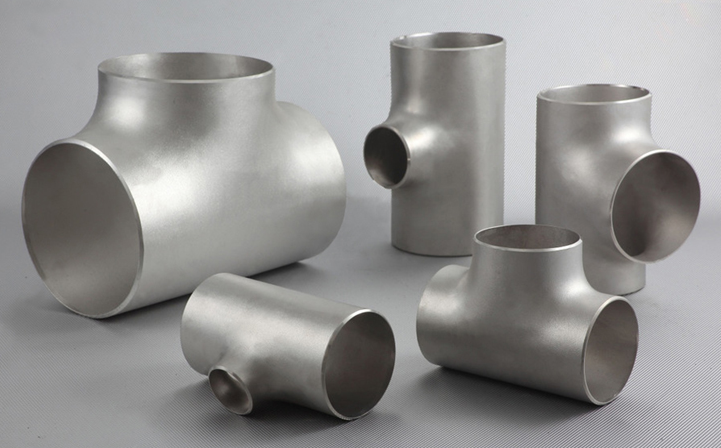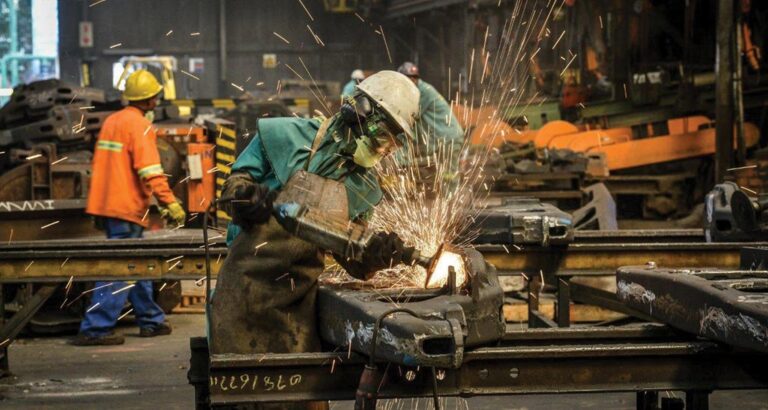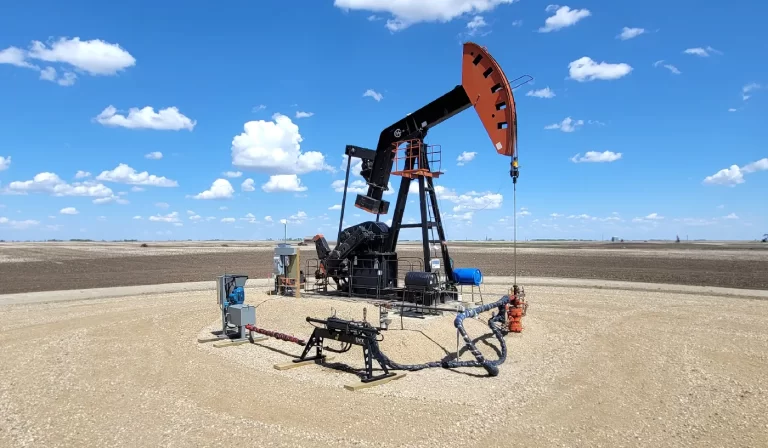What is the standard length of a 90-degree elbow?
What material is 90 degree elbow?
The standard length of a 90 degree elbow?
The difference between a 90 degree elbow and a 90 degree street elbow?
A 90-degree elbow is a type of pipe fitting used to connect two pipes at a right angle to change the direction of flow.
It is called a “90-degree elbow” because it creates a 90-degree angle between the two connected pipes.
This type of fitting is commonly used in piping systems to navigate around obstacles, make turns, or redirect the flow of fluids.
It’s important to consider the specific requirements of a piping system, such as the type of fluid being transported, pressure and temperature conditions, and the material compatibility when selecting and installing a 90 degree elbow.
The fitting must conform to industry standards such as ASME B16.9 for seamless and welded butt-weld fittings.

What material is 90 degree elbow?
| Material for 90-Degree Elbows | Application |
|---|---|
| Carbon Steel | Widely used in industrial applications, water supply, heating, and the oil and gas industry. |
| Stainless Steel | Applied in conditions where corrosion resistance is crucial, such as the food industry and chemical processing. |
| Alloy Steel | Utilized in applications requiring enhanced strength or resistance to specific conditions. |
| Aluminum | A lightweight material used in water supply systems, heating, ventilation, and air conditioning (HVAC). |
| Brass | Used in plumbing, including connecting pipes in residential and commercial systems. |
| Plastic (PVC, CPVC) | Applied in water supply systems, sewage systems, and the chemical industry where corrosion resistance and chemical resistance are necessary. |
This is an overview of some materials commonly used for manufacturing 90-degree elbows.
The choice of material depends on specific operating conditions, chemical compatibility, temperature characteristics, pressure requirements, and other factors.

the standard length of a 90 degree elbow?
| Nominal Pipe Size (NPS) | Standard Length of 90-Degree Elbow (Approximate) |
|---|---|
| 1/2″ to 2″ | Short Radius (SR): 1.5 times the nominal pipe size (1.5D) or Long Radius (LR): 1.5 times the nominal pipe size (1.5D) |
| 2 1/2″ and larger | Short Radius (SR): 1.5 times the nominal pipe size (1.5D) or Long Radius (LR): 2 times the nominal pipe size (2D) |
Note: The lengths mentioned are approximate and may vary based on manufacturing standards and specifications.
The term “Short Radius” (SR) refers to a more compact design, while “Long Radius” (LR) provides a longer and smoother flow path.
It’s essential to refer to specific standards and specifications (such as ASME B16.9 for butt-weld fittings) for accurate and application-specific information.

the difference between a 90 degree elbow and a 90 degree street elbow?
The main difference between a 90 degree elbow and a 90-degree street elbow lies in their design and application in piping systems:
90-Degree Elbow:
A regular 90-degree elbow is a standard pipe fitting that changes the direction of the pipeline by 90 degrees. It has a smooth curve with uniform radius, providing a gradual change in direction.
The 90-degree elbow is used when a sharp turn is not required, and a smooth flow transition is desired.
It is available in short radius (SR) and long radius (LR) configurations, each with different dimensions.
90-Degree Street Elbow:
A 90-degree street elbow is a specific type of elbow that includes a male (external) thread on one end and a female (internal) thread on the other. This male-female combination makes it suitable for connecting pipes and fittings with different end connections.
Street elbows are often used in applications where a pipe needs to be connected to a fitting or another pipe with a different type of end connection.
The male end of the street elbow is inserted into a female fitting or pipe, while the female end allows for the connection of a male-threaded fitting or pipe.
In summary, while both the 90-degree elbow and the 90-degree street elbow change the direction of the pipeline by 90 degrees, the street elbow has one threaded end, making it more versatile for specific connection requirements.
Regular 90-degree elbows are more commonly used for smooth directional changes in the pipeline.





